-
Optimized Grazing: for increased economic and ecological sustainability in Swedish milk production

-
Small dairy herds are needed in a sustainable Swedish food production!
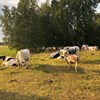
-
Getting to grips with the etiology of digital dermatitis
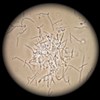
-
Performance index - a method for calculation of present value for each cow

-
Cow and calf together
Can the calf be together with the cow in a system with automatic milking? How does it affect milk yield and calf growth, health and fertility? In this research project, we study how calves can be integrated into such care systems. -
Carbon, co- and cow-benefits and/or trade-offs from livestock grazing in the Miombo
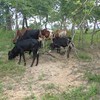
-
Widening the harvest window of ley by increasing stubble height
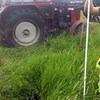
-
Sustainable food production in Swedish dairy farming
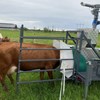
-
Improved sustainability in dairy production by increased feed efficiency
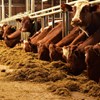
-
SEAFEED
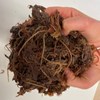
-
SEASOLUTIONS

-
Reducing methane production of stored manure from dairy cows using Asparagopsis Taxiformis
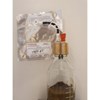
-
Grazing under northern conditions
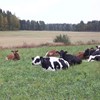
-
Blueberry taint in milk
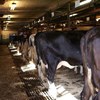
-
Rangeland and livestock management practices for improved livelihood in miombo woodlands in Tanzania
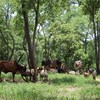
-
Can the red algae Asparagopsis taxiformis reduce methane production in dairy cows?
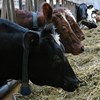
-
Precision livestock breeding – improving both health and production in dairy cattle
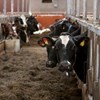
-
Management for improved efficiency by increased cow longevity in dairy herds
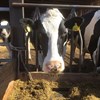
-
Cow and calf together
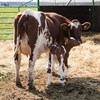
-
Indilact II
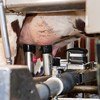
-
New mower technology for fractionation into two qualities at ley harvest
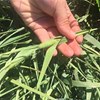
-
Managing forage shortage crises with forest by-products

-
Forage efficient cows - good for the cows and the environment
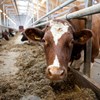
-
Find the forage-efficient cows and increase profitability
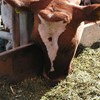
-
Milk production with extensively processed silage for increased forage intake
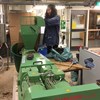
-
Milking technique

-
On the same wavelength - the effect of LED light on activity and production in dairy cows

-
INDILACT - Individually adapted lactations lengths

-
Is it possible to combine high forage consumption with low methane emissions from milk cows?

-
Improved utilization of regionally grown protein feeds for Swedish dairy cows

-
FreeWalk – an innovative way to keep dairy cows
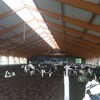
-
Improved detection of mastitis in dairy cows
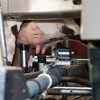
-
Beijer Laboratory for Animal Science (BLAS)

-
Quality assesment for increased profitability in production of aged cheese
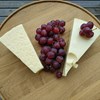
Ruminants
Our research and teaching in ruminant nutrition and management includes nutrient metabolism, feeding, lactation, growth, behavior and housing issues. We focus on animal production and welfare and on quality of the products. The impact ruminant production has on the global environment has become an important part of our research. We have a large international network, within EU as well as worldwide.
Published: 07 February 2023 - Page editor: marie.liljeholm@slu.se
Loading…